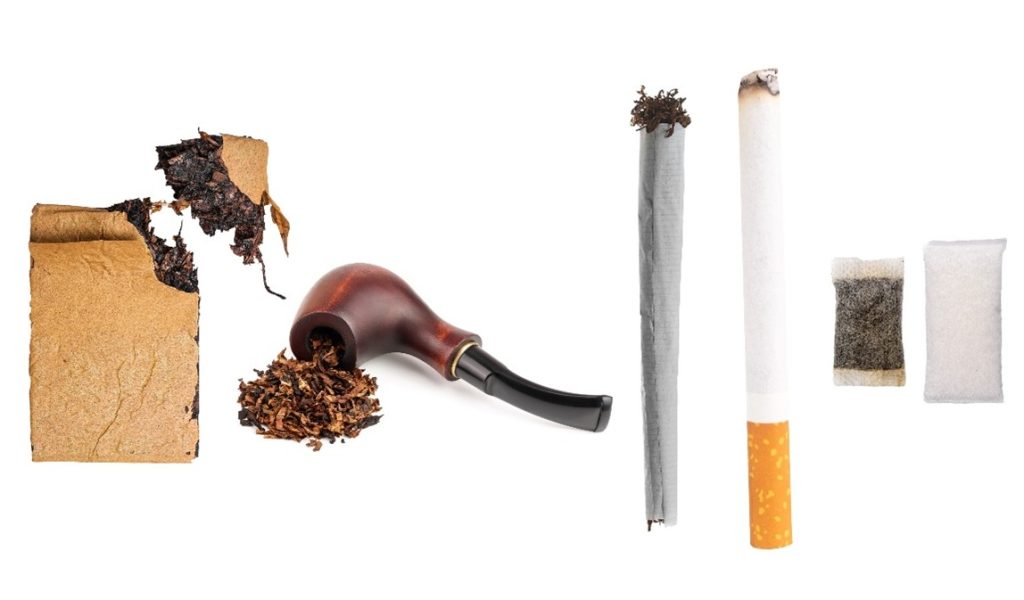New EU Tobacco Survey Data Strengthens Argument for Harm Reduction
19th Aug 2024

The most recent data from the EU tobacco use survey has been released, generating significant interest, especially with upcoming updates expected for the EU’s Tobacco Taxation Directive (TTD) and Tobacco Products Directive (TPD). There is much interest on whether these updates will embrace harm reduction and risk-reduced products (RRP’s).
As the EU prepares to update both its Tobacco Tax Directive and Tobacco Products Directive, the focus is on whether the new policies will support harm reduction and risk reduced products. Against this backdrop, the latest EU Survey on Tobacco and Nicotine Use, released two weeks ago, provides critical insights. This survey, which reflects data as of May 2023, follows a previous one conducted in August 2020. The findings seem to support a more progressive stance on harm reduction for several reasons.
Why the EU is unlikely to reach its smokefree goal without RRPs
At the current pace, the EU is far from meeting its smokefree goals: The EU has set an ambitious target to become smoke free by 2030, defined as achieving smoking prevalence rates of 5% or lower. However, the latest survey reveals that 24% of adults across the EU still smoke, marking only a 1% decrease since the 2020 survey. If this trend continues, the EU won’t reach its smokefree target of 5% until the year of 2100. As previously noted, while some countries might achieve smoking rates below 5% in the next 10-20 years, this is likely only feasible if they embrace RRPs. Traditional anti-smoking measures alone are proving insufficient.
Countries with strong RRP policies show biggest declines in smoking
Countries making progress are those that support RRPs: The data highlights that the only countries witnessing significant declines in smoking prevalence since 2020, or those nearing the 5% threshold, are those that have adopted RRPs and/or have robust markets for these products. For instance, the Czech Republic, where e-cigarettes are not taxed and heated tobacco and e-cigarettes are permitted in many places where smoking is banned, saw a 7% reduction in smoking rates since 2020. Greece, where manufacturers are allowed to communicate reduced-risk messages, experienced a 6% decline over the same period. Sweden, which has long supported RRPs through oral tobacco, now has a smoking prevalence of just 8%. These trends are further supported by data from other European countries outside the EU where RRPs are growing rapidly. Conversely, in the EU, countries with stricter RRP regulations, saw an increase in smoking prevalence.
The EU data also indicates that RRP usage is still relatively low, with vaping at 3%, heated tobacco at 2%, and nicotine pouches at less than 1%.






